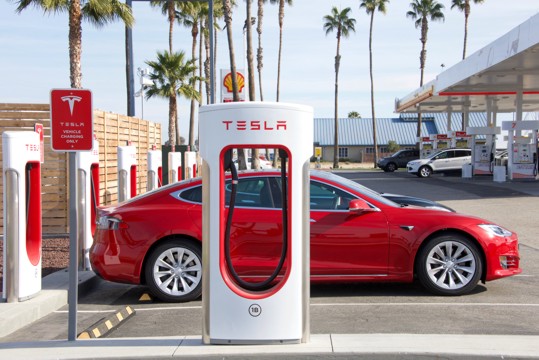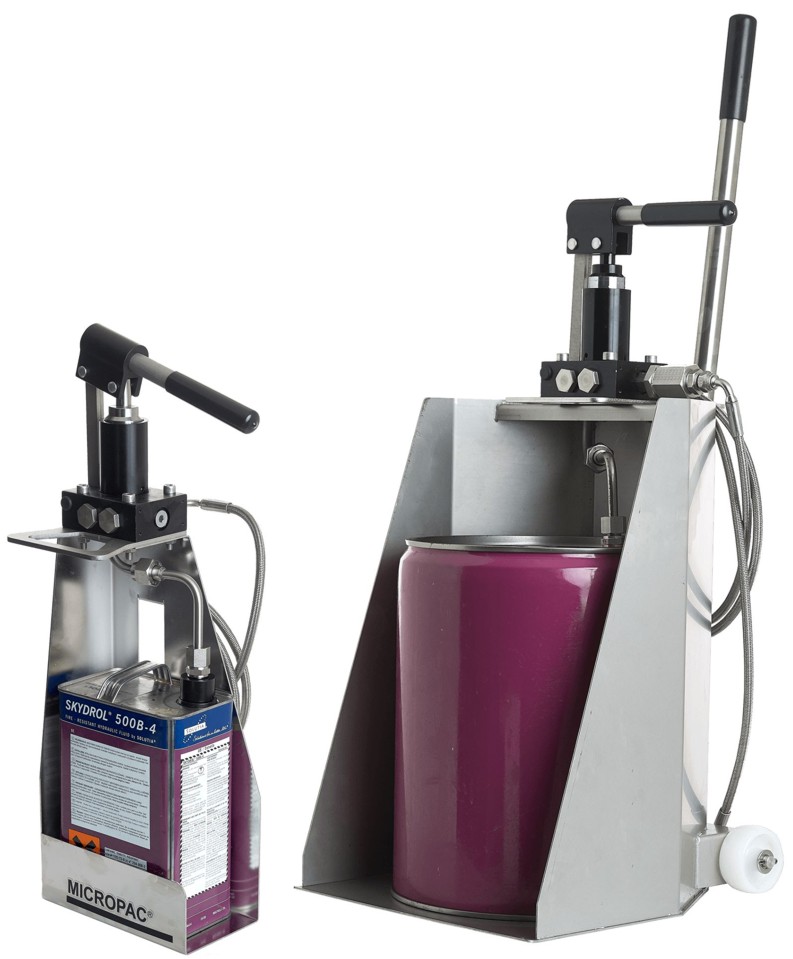As the big renewable race ramps up, is the tide turning for wave and tidal energy to finally make it into the Grid?
According to industry experts, the UK is currently the undisputed global leader in marine energy, with around 10MW of wave and tidal stream devices being tested in UK waters – that is more than the rest of the world combined, and a staggering fact that’s hard to ignore. As tidal and wave power continue to provide us with great stories of insight and innovation (for more than fifty years now), the real question is why hasn’t it yet, made the transition to grid?
Despite the great ideas and promises, is anything different in 2015? We know wave and tidal energy help decarbonise our energy supply, while at the same time increase energy security and reduce our dependence on imported fossil fuels. The state of the art test facilities at the European Marine Energy Centre (EMEC) and Wavehub in Cornwall are helping developers have access to real sea conditions with planning consents and grid connections already in place, apparently. So why is everything taking so long to progress – it can’t all about trialling.
Well, like all renewables, there exists the blight of uncertainty over subsidy. The question and issue over subsidies surrounding infrastructure to a subsidised feed in tariff into the Grid – still remain unanswered. Perhaps it’s a question of critical mass: build up enough renewable devices around Britain, which may reduce the cost, or arguably, its political expediency to meet a target.
Let’s now take a step back from political wrangling and economical woes to scrutinise engineering wonders – just what exactly are the challenges and who are the winners (if any)?
The amount of engineering design excellence on offer is hugely impressive. You only have to look at the devices here http://www.emec.org.uk/marine-energy/tidal-devices/ to see the amazing number of designs of wave devices and tidal turbines. Note the important distinction here of how they operate: wave devices are powered by waves or the swell moving something up and down relative to an earth or flexing a longer floating structure; a tidal device is under water and is using the tidal streams to turn or move something. So the one fundamental engineering question is what are challenges and the differences between wave and tidal?
It’s easy to think that using any floating structure to form a wave device is a flawed design, doomed to be smashed into pieces by the sea. Then you have to add corrosion and fouling into the mix. We should know, as Sarum Hydraulics are corrosion specialists and manual hydraulic experts. So the biggest engineering obstacle then is to design something strong enough to withstand gale force conditions (yet knowing that the heavier it is, the more it costs). Arguably, a floating device may well be cheaper on installation, because you are connecting a wire along the seabed to the shore. Yet the optimum installation position itself is the real challenge; the best is a steady and predictable wave movement not a mirror calm spot, or an area prone to weather extremes.
Ironically, the tidal device is driven by predictable tidal streams, so comparatively easy stuff. With high water twice a day, you have four points of maximum tidal flow then tailing off to zero at high and low water, so the rate of flow is a curve. Maximum flow is at the highest during Spring tides (once a month when the moon is closest to the earth) and the minimum flow is during Neap tides (when the moon is furthest way). Areas of very high tidal streams such as the Bristol Channel or the Pentland Firth, achieve in excess of 4 knots. Closer to home, the tidal stream running in the West Solent and through Hurst Narrows at Spring tides is a similar figure. The key point here is that this is a massive amount of energy to be tapped into.
Public opinion counts too and what is deemed an acceptable low impact design. A tidal turbine is under the water and hidden from view, with some designs rigidly fixed to the seabed or anchored. A design called Plat-O by Sustainable Marine Energy trialling in the West Solent is a vessel with turbines on, tethered to lie below the surface and cut installation costs. What is certain is that both wave and tidal stream devices are challenging engineers to design for corrosion resistance. Composite structures and components help on corrosion resistance, but anything where you have revolving structures and electricity at sea is highly demanding. Not least manufacturing the design economically with ‘easy’ on-going maintenance.
The advent of some big global players such as Northrop, Lockheed, Alstom, GE and Siemens, all backing tidal power and trialling subsea turbines, is really making waves. So why get involved now? Has engineering in sub sea structures and modern materials, progressed so much that a new air of confidence pervades: now is the time to back this type of power? This tidal shift of opinion from industry movers and shakers, suggests that worldwide installations of tidal turbines is closer than ever.
Sarum Hydraulics experts in manual hydraulic power and specialists in corrosion for marine and sub sea. www.sarum-hydraulics.co.uk





Leave A Comment